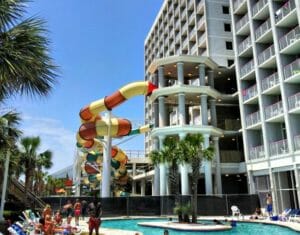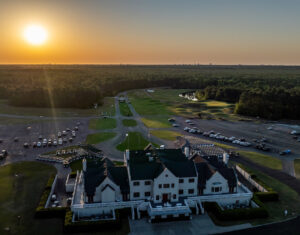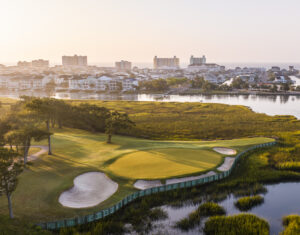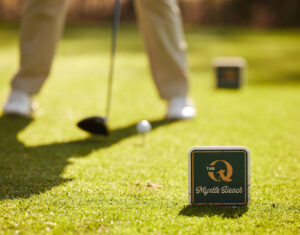PGA Tour Star Played Well at PineHills and You Can Too, If You Stay Dry
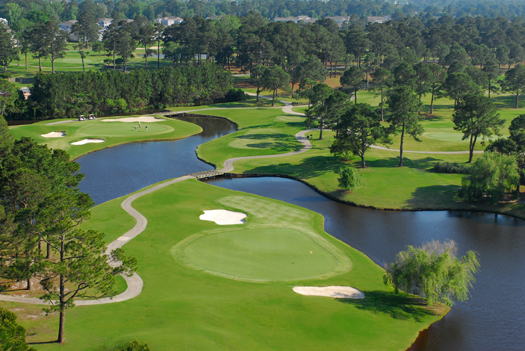 Don’t remember what he weighed back then, but there couldn’t have been more than 125 pounds on his almost 6-foot frame. With a straw hat, he looked a little bit like Thurston Howell III (Gen-Xers: google “Gilligan’s Island”) on a strict coconut diet. Yet he was pounding tee shots of close to 300 yards with mid-1990s technology.
Don’t remember what he weighed back then, but there couldn’t have been more than 125 pounds on his almost 6-foot frame. With a straw hat, he looked a little bit like Thurston Howell III (Gen-Xers: google “Gilligan’s Island”) on a strict coconut diet. Yet he was pounding tee shots of close to 300 yards with mid-1990s technology.
But the Augusta, Ga., native is one of the best golfers in the world. With a plethora of water to navigate as well as lateral mounding, PineHills’ 6,640 yards from the back tees (6,112 from the whites), offers plenty of challenges for most of us.
Re-opening in 1994 after an Arthur Hills’ redesign added water, mounds and several other strategic and aesthetic elements to the original routing, PineHills offers a contrast to its sister course, Palmetto, with its broad, open fairways.
Which course is Myrtlewood’s best? There’s no clear consensus. They’re both very good. And you can’t beat the location along U.S. 17 near Broadway at the Beach.
PineHills is more modern and requires more precise shotmaking. Palmetto is longer and its signature hole, No. 18, finishes along the Intracoastal Waterway.
Back to PineHills. Lagoons serve as hazards on 13 holes, though a carry is required on only a few.
As you might suspect, keeping your ball in play is the key to a good score at PineHills. Driver isn’t always required, but accuracy is.
A few examples:
At 505 yards from the back tees, No. 3 offers a realistic birdie opportunity. Still, the par-5 requires an accurate tee shot. Water runs along the right side of the dogleg left and wraps around the dogleg to correct shots hit through the landing area. The ideal drive is a slight draw. Water and sand must be negotiated to reach the green.
A lagoon stretches down the left side to the green at the 365-yard, par-4 seventh, which bends gently to the right. From the left rough, players must carry the hazard on their approach.
No. 11, where a lagoon crosses the hole and wraps along the left side of the green, is one of two extremely challenging par-3s on the back nine. A draw aimed at the open right side of the green is the best option.
Last, but not least, is No. 18, a 403-yard water creeping in from the left side and extending to the green. It’s possible for a bomber such as Howell to drive into the hazard with an extremely well-struck drive through the left side of the fairway. Bunkers guard the right side of the landing area. It was a 3-wood and a wedge for Howell. It’s a drive and a mid-iron for many of us.
Some closing advice: Enjoy a round at PineHills. But if you see Charles Howell III standing on the tee next to you, don’t accept any friendly bets.
